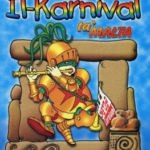 Carnival is a time of collective merriment which immediately precedes the beginning of Lent on Ash Wednesday. Lent is defined by the Catholic Holiday of Easter and is a time of penance and reflection where in the olden days the consumption of meat was prohibited. The culture of Malta is still very Catholic and traditional with deep roots in the past. The Maltese Carnival features a people brought alive with masked balls, children’s dancing competitions, masquerade in the streets, large float parades, music everywhere and plenty of dancing, spontaneous and otherwise. Everyone wants to be King or Queen and this is your time for your mind to shine.
Carnival is a time of collective merriment which immediately precedes the beginning of Lent on Ash Wednesday. Lent is defined by the Catholic Holiday of Easter and is a time of penance and reflection where in the olden days the consumption of meat was prohibited. The culture of Malta is still very Catholic and traditional with deep roots in the past. The Maltese Carnival features a people brought alive with masked balls, children’s dancing competitions, masquerade in the streets, large float parades, music everywhere and plenty of dancing, spontaneous and otherwise. Everyone wants to be King or Queen and this is your time for your mind to shine.
VALLETTA CARNIVAL
Though various towns and villages across the Island have their own version of festivities, the heart of the Carnival action takes place in the capital of Valletta. . Valletta Carnival features colorful floats, elaborate costumes, children dancing routines, merriment, spontaneity and downright silliness.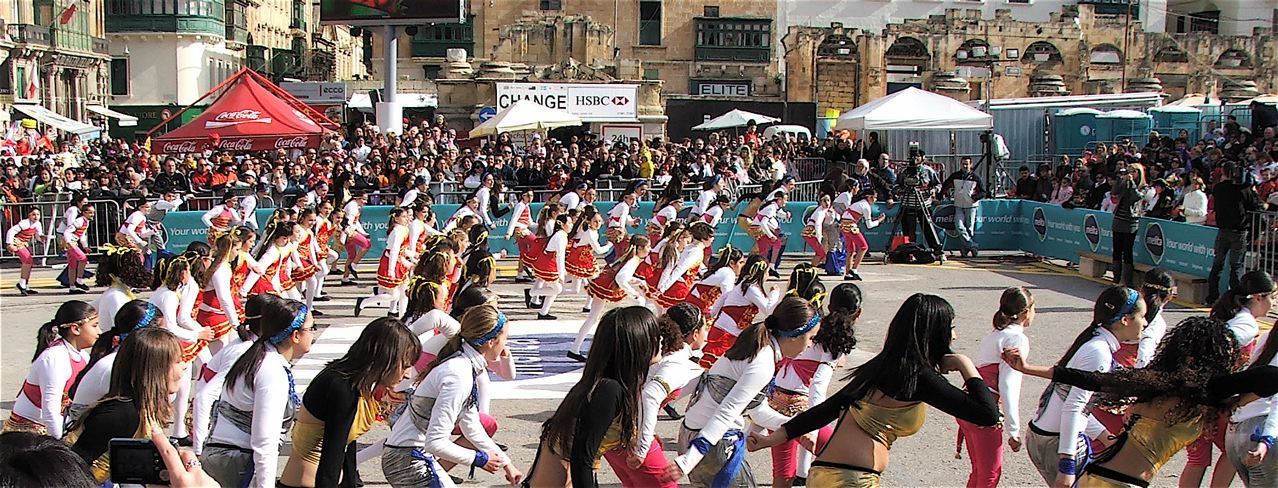 At night the party gravitates to Paceville, as carnival goers pile into the many clubs and bars, still wearing their costumes. Today, the main event is the Carnival Parade which takes place in Valletta spreading over the five days before Ash Wednesday with various dancing competitions and
At night the party gravitates to Paceville, as carnival goers pile into the many clubs and bars, still wearing their costumes. Today, the main event is the Carnival Parade which takes place in Valletta spreading over the five days before Ash Wednesday with various dancing competitions and 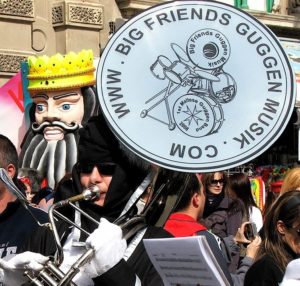 parades. The Valletta Carnival features spectacular artistic floats parade that wind their way through the main streets of the city. These streets are full of carnival lovers enjoying themselves by teasing others and dancing. There are many international Carnaval performing groups who enjoy presenting here as Malta enjoys a balmier February than most European cities with an average daytime temperature around 18C during the day falling 11C at night. A light jacket is usually all you need extra. St George’s Square, also known as Palace Square (Misraħ il-Palazz) is Valletta’s largest and most prominent square, located at the very heart of the city right in front of Valletta’s most magnificent palace – the Grandmasters’ Palace. Apart from the Grandmasters’ Palace, which flanks the square on its South-Eastern side, just across Republic Street, three beautiful baroque buildings flank the three other sides It is possible to watch the costumed dance groups perform in Pjazza San Ġorġ with families enjoying the show from grandstands.
parades. The Valletta Carnival features spectacular artistic floats parade that wind their way through the main streets of the city. These streets are full of carnival lovers enjoying themselves by teasing others and dancing. There are many international Carnaval performing groups who enjoy presenting here as Malta enjoys a balmier February than most European cities with an average daytime temperature around 18C during the day falling 11C at night. A light jacket is usually all you need extra. St George’s Square, also known as Palace Square (Misraħ il-Palazz) is Valletta’s largest and most prominent square, located at the very heart of the city right in front of Valletta’s most magnificent palace – the Grandmasters’ Palace. Apart from the Grandmasters’ Palace, which flanks the square on its South-Eastern side, just across Republic Street, three beautiful baroque buildings flank the three other sides It is possible to watch the costumed dance groups perform in Pjazza San Ġorġ with families enjoying the show from grandstands.

HISTORY
The island of Malta, its smaller neighbor Gozo, with almost uninhabited Comino make up the single nation of Malta. Malta’s ancient history is fascinating as evidence indicates the early tribes on surrounding shores used its strategic place at the middle of the Mediterranean, midway between Italy’s Sicily and Tunisia for gatherings as indicated by the many embedded cart ruts and the world’s oldest surviving structures dedicated to mother earth and aligned with the planetary rhythms. These Megalithic Temples of Malta are remarkable not only because of their originality, complexity and striking massive proportions, but also because of the considerable technical skill required in their construction between 5000 BC & 2500 BC.. They can be compared to the magnificent richly adorned local Roman Catholic churches found proudly at the center of every town in Malta. Any of these hundreds of churches would be the pride of a City the size of the entire 500,000 population of the island nation of Malta.
The first stone of Valletta was laid on March 28, 1566. Precedence was given to the construction of imposing fortifications which were designed by Francesco Laparelli, an Italian military architect. For centuries Malta was the headquarters of the Crusading Knights of St John or Knights Hospitaller, who still exist and maintain an embassy in Malta. The Sala del Gran Consiglio was used for the official gatherings of the Order and in 1575-81 it was decorated with frescoes depicting the key events of the 1565 Great Siege of Malta. St John’s and the Palace are practically back to back. Originally the bishop was at Mdina, the Inquisitor at Vittoriosa and the Order ruled in Valletta. when the bishop proposed having his palace in Valletta and he was only allowed to have one without a prison. St John’s, in contrast to its present position as the Co-Cathedral, was the church of the Order. In World War II, the Palace suffered a direct hit that destroyed most of the spiral staircase. Today The Grandmaster’s Palace houses the Office of the President of Malta.
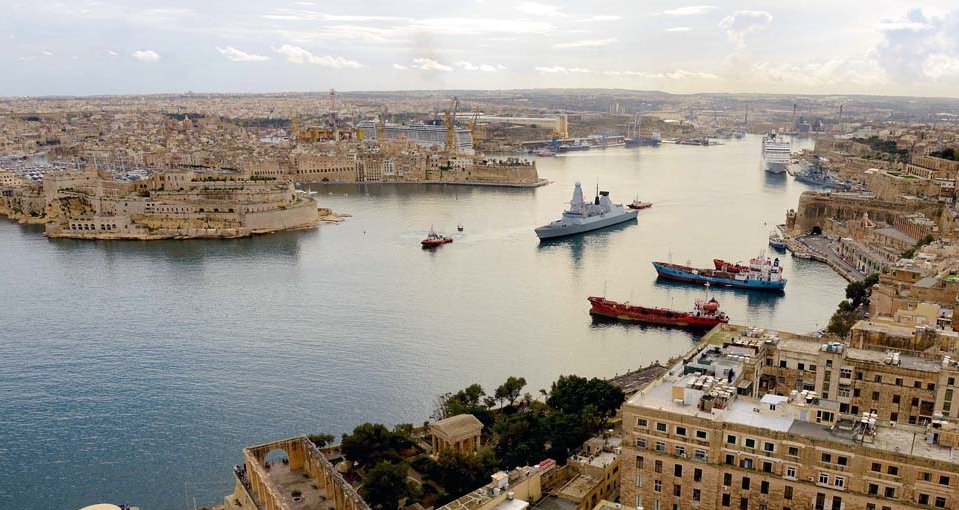
Inquisitor Fabrizio Serbelloni tells us that he was invited by Grand Master Antonio Manoel de Vilhena (1722–1736) to enjoy the last day of Carnival from the palace. “It was a popular feast attended by the Bishop and many Knights Grand Cross.” In fact, the Sunday afternoon défilé (parade) was usually led by the Grand Master’s carriage flanked by cavalry marching to the beating of drums. Then followed other decorated open carriages and finally came the decorated floats.
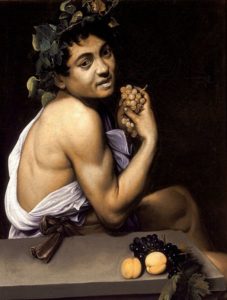
Carnival in Malta started during the time of the Order of St. John, but some historians argue that the first Carnival was celebrated in Malta as early as 1471 where we find the Universita’ issuing directives about the selling price of meat during carnival. It was around 1535 when the tradition of wearing masks started.
The increasingly wild festivities throughout the years made several Grand Masters unhappy with its unruliness and quite a few tried to curb the events. In 1560, Grand Master Jean Parisot de La Valette felt he had to reprimand his knights for going overboard with their festivities. He had allowed the wearing of masks in public which was forbidden in Malta for the rest of the year and making the celebrations more fun. The knights decorated the ships of the Order’s fleet in the harbor and there was song, dance and revelry never seen in Malta before. But La Valette became displeased at the great number of people wearing masks aboard his vessels that were held up in Grand Harbour by unfavorable weather conditions.
The great artist Caravaggio (1571 – 1610) made Malta his refuge when he became a fugitive from Papal authority and despite his success in Naples, Caravaggio left for Malta, presumably hoping that the patronage of the Grand Master of the Knights, Alof de Wignacourt, who could help him secure a pardon for Casing the death of Tomassoni in a brawl. De Wignacourt proved so impressed at having the famous artist as official painter to the Order that he inducted him as a knight, and the early biographer Bellori records that the artist was well pleased with his success. Major works from his Malta period include his masterpiece the Beheading of Saint John the Baptist, the only painting to which he put his signature and which hangs prominently in St. John’s Co-Cathedral, and a Portrait of Alof de Wignacourt and his Page, as well as portraits of other leading knights. Yet by late August 1608 he was arrested and imprisoned in Fort St Angelo as the result of yet another brawl, during which the door of a house was battered down and a knight seriously wounded. He was imprisoned by the knights and managed to escape. When Caravaggio was defrocked in absentia as a “putrid and fetid limb” by the Order about six months after his induction, the ceremony took place in the Oratory, before this masterpiece. Caravaggio is one the West’s most important artists who could not handle his fame, and exactly how he died, still enjoys much speculation.
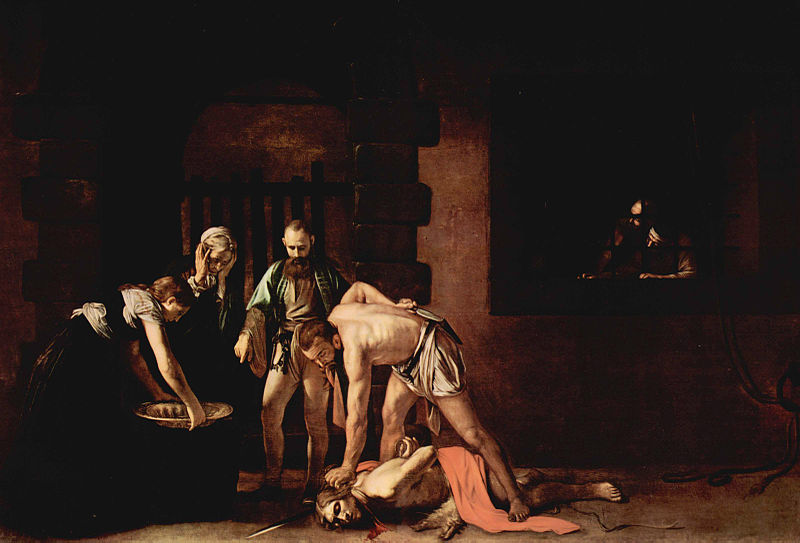
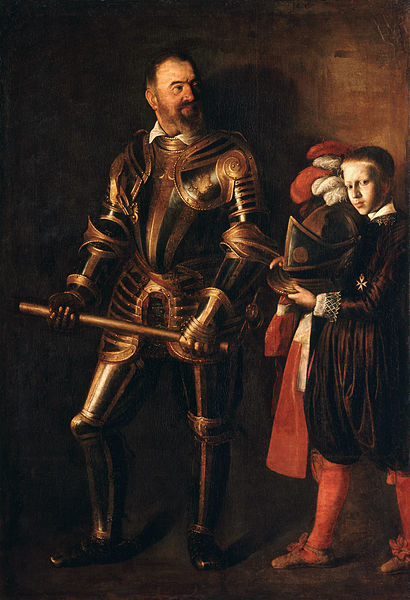 In 1635, the Grand Master Antoine de Paule, tried to forbid the ladies from wearing masks. Neither the knights nor the women took kindly to these prohibitions, blaming the Jesuit Fr Cassia, who was the Grand Master’s confessor. Some of the most spirited decided to make fun of the Jesuits. While one of the dressed as a Jesuit with offensive writings on his back, four others dressed as scoundrels who pretended to beat him mercilessly. This was reported to the Grand Master, who had one knight, Girolamo Selvatico from Padua, arrested as he was believed to have organized the satire. This caused considerable unrest; the Jesuits’ college was attacked and ransacked by young knights and force was used to help Selvatico escape from St James Cavalier. They demanded that Lascaris expel the Jesuits from Malta and close their church, which he did till things calmed down.
In 1635, the Grand Master Antoine de Paule, tried to forbid the ladies from wearing masks. Neither the knights nor the women took kindly to these prohibitions, blaming the Jesuit Fr Cassia, who was the Grand Master’s confessor. Some of the most spirited decided to make fun of the Jesuits. While one of the dressed as a Jesuit with offensive writings on his back, four others dressed as scoundrels who pretended to beat him mercilessly. This was reported to the Grand Master, who had one knight, Girolamo Selvatico from Padua, arrested as he was believed to have organized the satire. This caused considerable unrest; the Jesuits’ college was attacked and ransacked by young knights and force was used to help Selvatico escape from St James Cavalier. They demanded that Lascaris expel the Jesuits from Malta and close their church, which he did till things calmed down.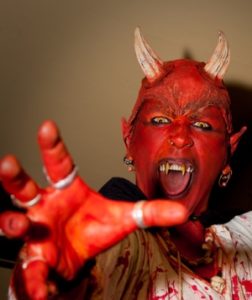
In 1639 Grand Master Juan de Lascaris-Castellar issued an order, prohibiting women from wearing masks as well as costumes that represented the Devil. These prohibitions were ignored. In 1730 the first parades took place on land joining the long-established boat parades. The Grand Master’s carriage flanked by the cavalry and solid drum core giving way to floats promoting merriment and revelry.
Since then the Carnival celebrations never stopped except for the war years. These Grand Masters gave the people a little gap of freedom from a generally repressive rule and the Maltese people seized it. Carnival in Malta has withstood the test of time and today enjoys massive popularity with locals and an increasing international reputation. Carnival in Malta managed to live through the period of British rule (1800-1964) although their influence in Valletta is still felt by floats that avoid satire and biting humor. The British successfully banished political satire by enforcing a law passed in 1936 that banned the healthy release valve of the people. In short, the Valletta Carnival has been a great tradition for over six centuries.
Gozo Carnival
The Spontaneous Macabre Carnival of Nadur
Carnival celebrations are organized in various other towns and villages including the much attended magical, mysterious Nadur Night Carnival on Malta’s sister island Gozo. The streets of Nadur see serious masking by flocks of adults who gather in funny, weird and sometimes risqué costumes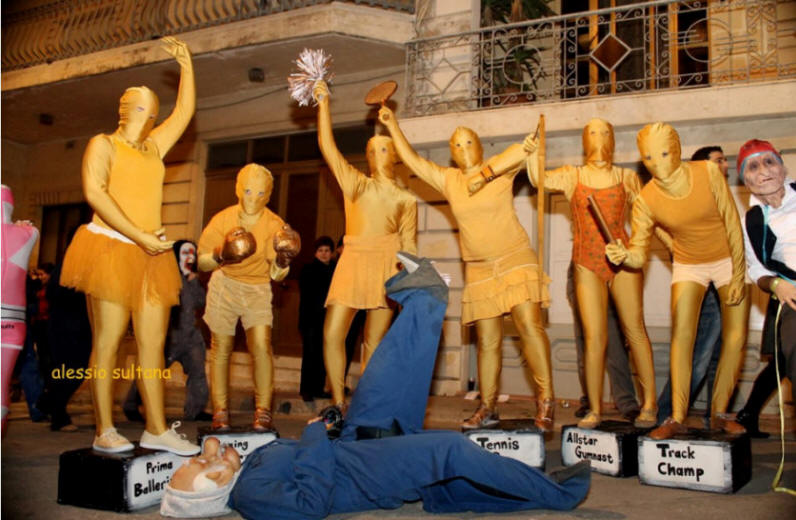 and party far into the night. Nadur’s carnival is deeply traditional and essentially spontaneous. There is no organizing committee and there are no rules. In Nadur the purpose of costumes is disguise – quite simply not to be recognized. The Nadur ‘floats’ are often little more than carts released from their duties on local farms but there is an edge to the celebrations. Many of the celebrants are more focused on their portrayal than having a good time. The masqueraders often choose to remain silent to aid their disguise, gaining the Nadur celebrations the sobriquet, The Silent Carnival.
and party far into the night. Nadur’s carnival is deeply traditional and essentially spontaneous. There is no organizing committee and there are no rules. In Nadur the purpose of costumes is disguise – quite simply not to be recognized. The Nadur ‘floats’ are often little more than carts released from their duties on local farms but there is an edge to the celebrations. Many of the celebrants are more focused on their portrayal than having a good time. The masqueraders often choose to remain silent to aid their disguise, gaining the Nadur celebrations the sobriquet, The Silent Carnival.
The colorful daytime Nadur Organised Carnival is a Sunday Carnival highlight in Malta. The events are all in or close to St. Peter & St. Paul Square
The Gozo capital of Victoria also features a massive daytime carnival centered on its main square.Nadur also holds a popular more traditional daytime Carnival A 25-minute ferry crossing links Malta to neighboring Gozo as Gozo citizens have refused attempts by the EU to build a bridge. The people of Gozo are fiercely proud of their independence from the main island and hold firm to certain ancient traditions including one that has given them international notoriety, the hunting of migratory birds.
More recently a Carnival rival to Nadur has emerged with the Għaxaq spontaneous carnival as another nighttime street festival featuring outlandish and original group and individual costumes and impromptu theatrical skits. On Gozo they believe in Carnival and revere their Carnival atmosphere because soon enough reality will return and not go away till the next Carnival.
The preparation for the Malta carnival parade begins months in advance with teams of people building elaborate and colourful floats often with a hint of political satire or impolite wit. The point of this art like much that matters is the creating, not the created picture. Children dress up in sparkly, colorful costumes, and dance in the streets. Much work and dedication goes into the floats and accompanying dancing competitions. It is an art inherited from father to son and there is great rivalry among the participants. Many of the floats are gigantic images of events of the time yet there is the dynamic force and potency of the love of the Maltese spirit and its place at the center of the Mediterranean cradle of civilization simmering just below the surface of this small, willful nation.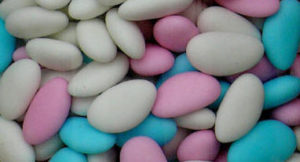
 Local Carnival Food
Local Carnival Food
The ‘Prinjolata’ is a sweet, almond sponge cake topped with frosting, fruits and chocolate. The name ‘prinjolata’ comes from the word ‘prinjol’ which means pine nuts in Maltese. Instantly recognizable from its unusual shape and toppings the treat is a taste delight. Another popular treat is ‘perlini’ – sugar-coated almonds in different colours. Pastizzi are the tastiest year round Maltese snack. A filling of ricotta or peas wrapped in puff pastry.
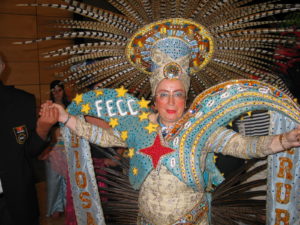 The Government and people have been an early and steady supporter of the International Carnival through the support of the FECC Federation of International Carnival Cities. In 2005 they erected a very impressive Carnaval monument near the town of Nadur on the island of Gozo. The 2017 XXXVII Convention of International Carnival Cities will be the third time Malta has hosted the event.
The Government and people have been an early and steady supporter of the International Carnival through the support of the FECC Federation of International Carnival Cities. In 2005 they erected a very impressive Carnaval monument near the town of Nadur on the island of Gozo. The 2017 XXXVII Convention of International Carnival Cities will be the third time Malta has hosted the event.
The Malta Carnival is organised by the Malta Carnival Committee with the support of the Malta Council for Culture and the Art. For the next full Carnival programme visit maltaculture.com
SOURCES
- https://www.pinterest.com/carnavalbz/valletta-malta-hosts-international-carnival-cities/ successor to our photo link guide at
- https://vassallohistory.wordpress.com/carnival/ Maltese History & Heritage by VASSALLOMALTA.COM
- https://www.visitgozo.com/events/gozo-carnival-2017/
- https://en.wikipedia.org/wiki/Maltese_Carnival
- https://en.wikipedia.org/wiki/Carnival_tragedy_of_1823
- https://en.wikipedia.org/wiki/Nadur_Carnival
- https://www.pinterest.com/romanvucajnk/smom/
- https://en.wikipedia.org/wiki/The_Beheading_of_Saint_John_the_Baptist_(Caravaggio)
- https://www.flickr.com/photos/fecc/collections/72157602343082913/
- https://www.flickr.com/photos/wwwpgflickrcom/albums/72157607035684275 By: Peter Grima
- https://en.wikipedia.org/wiki/Religion_in_Malta
- http://valletta2018.org/events/valletta-carnival/ Find a sample program for the six days preceding Ash Wednesday which will not vary much from upcoming Carnival
- http://nadur.gov.mt/gallery/nadur-spontaneous-carnival-2014 Photos by alessio sultana
Valletta, The Fortress City, Citta’ Umilissima, “a city built by gentlemen for gentlemen” is Malta’s capital city: a living, working city, the administrative and commercial heart of the Islands. The magnificent fortress city grew on the arid rock of Mount Sceberras peninsula, which rises steeply from two deep harbours, Marsamxett and Grand Harbour. Grand Master La Valette, the gallant hero of the Great Siege of 1565, began his vision of a fortress City with no building standing on its bare rocks except for a small watch tower, called St Elmo, at its extreme end.
Today, Valletta is busy by day, yet retains a timeless atmosphere by night, that gives the feeling that you are walking back in time. The grid of narrow streets boasts some of Europe’s finest art works, churches and palaces..Valletta, the smallest capital of the European Union, is now the island’s major commercial and financial centre and is visited daily by throngs of tourists eager to experience the city’s rich history.
“It is up to us all to carry Valletta to future generations with greatest respect to those who built and shaped the City and its history.”
— Dr. Alexiei Dingli, Valletta Mayor 
Valletta will be hosting the title of European Capital of Culture in 2018 with a partner Dutch city, Leeuwarden. The ECoC includes all seven of the Maltese Islands, with an aim to spread its impact throughout the whole Maltese territory.
http://valletta2018.org/
http://heritagemalta.org/museums-sites/national-museum-of-fine-arts/ Reopening in 2018
MUŻA is an acronym for Mużew Nazzjonali tal-Arti (Maltese for National Museum of Art). It also refers to the muses; the mythological figures from classical antiquity inspiring creativity and, to all intents and purposes, the etymology of the word ‘museum’. MUŻA is also the Maltese word for inspiration. We hope to address the limits of the current museum by developing a new museum experience that is layered, in the sense of appealing to publics with different knowledge levels. We seek to recognize art and discussion as being equally important and develop a forward-looking interpretation strategy to promote access to stories through art works on display. This participatory experience goes beyond visits to the gallery spaces and includes access to public spaces, some of which will be free, where discussion can happen and ancillary services complement the MUZA experience can function.
ANNUAL EVENTS RULE
Most of the big events that take place on the islands of Malta and Gozo throughout the year are annual occurrences. The many village feasts are saints feast days are held more or less on the same weekend, every year. The same applies to many cultural festivals such as the Jazz Festival [MaltaJazzFestival.org/ 20th – 22nd July 2017], the Arts Festival [ MaltaArtsFestival.org/ 23 June – Junly 15 2017], Fashion week [ fashionweek.com.mt/ MFWA 2017: 20th – 27th May 2017] Valletta Green Festival 2017 25 APR 17 – 30 APR 17 valletta2018.org/events/valletta-green-festival-2017/ and the Fireworks Festival [ MaltaFireworksFestival.com/ 22nd – 30th April 2017 ]and international sporting events such as the Malta Marathon [ MaltaMarathon.com/ 5th March 2017] and The Middle Sea Race [ RolexMiddleSeaRace.com/ 21st October 2017].
Notte-biancaIn Valletta during October from City Gate to Fort St. Elmo, comes alive on Notte Bianca, guaranteeing a memorable night that truly holds something for everyone.the visitmalta.com/en/notte-bianca
.

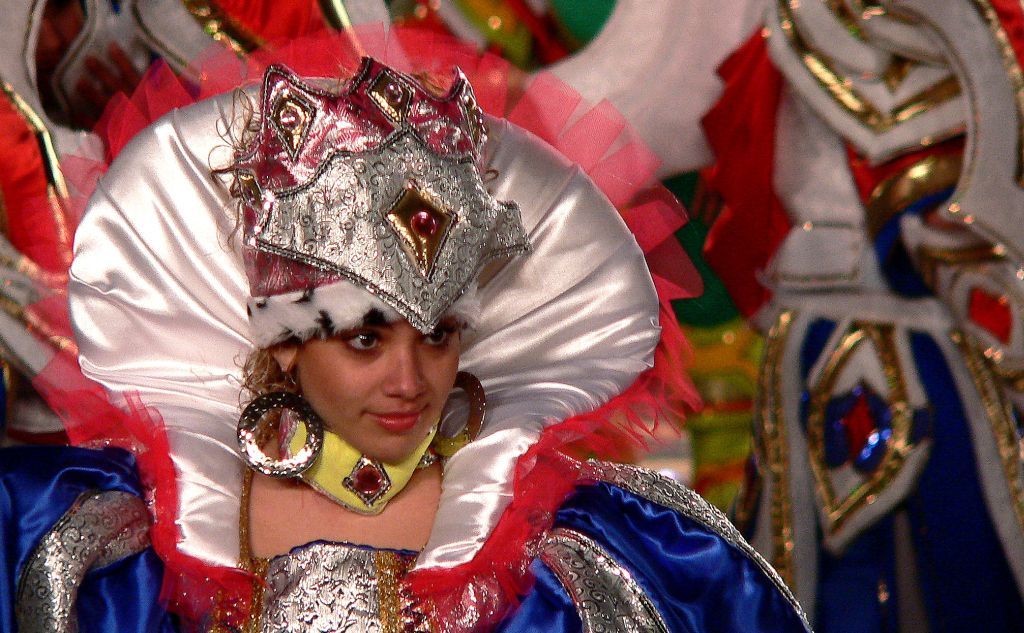
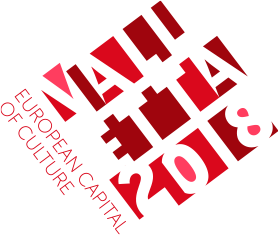
0 comments